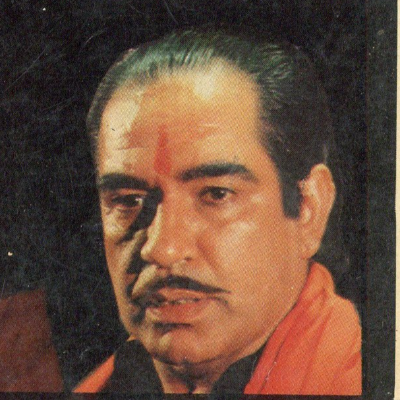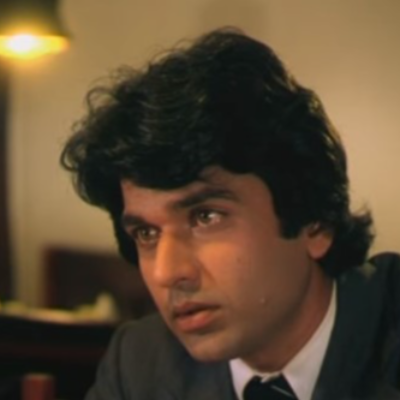Rabindra Dharmaraj

- Born: 19 May 1946 (Sivakasi)
- Died: 11 February 1981 (Bombay)
- Primary Cinema: Hindi
Rabindra Dharmaraj’s story can easily be read as a tragedy of the untimely death of a talented artist, but it is also of a committed individual who struggled and ultimately succeeded in making his dream film. Dharmaraj, by all accounts, was a maverick, rebellious individual who spent a lifetime looking to translate his deep empathy for the subjugated and his inner conflict into a cinematic vision. The result of that vision was the National Award-winning Smita Patil starrer Chakra (1980).
Dharmaraj was a student of Literature and History during the 60s. It was a time of great social and political upheaval and Dharmaraj was not immune to the spirit of the times. He got involved in the psychedelic drug culture of the times, but it was also the time of his political awakening. Committing himself to the radical Marxist ideology, he went to Vietnam as a war correspondent. His photographs and reports of the Vietnam War during the 60s and 70s were published in various newspapers and magazines. The harrowing trauma of the war that he witnessed left a deep mark on his psyche.
When back in India, he took up the job of a news anchor for All India Radio in Delhi. He also undertook a course in advanced film and video techniques from the University of California. He made several documentaries for the Films Division, assisting the likes of Fali Billimoria and Shyam Benegal, among others. The idea of adapting Marathi author Jaywant Dalvi’s searing novel Chakra – an account of poverty and exploitation in a slum, had taken root from around this time. He also contacted the author, asking for his permission to make the film.
In 1973 he joined the advertising agency Lintas India Limited as a Deputy Film Executive. He soon moved to Hindustan Thompson and later to Neo-Films. He soon distinguished himself in the field through his creativity and meticulousness. He did not let this line of work curb his individual spirit though. Siddharth Kak once quoted Manmohan Shetty, a partner at Neo-Films saying, ‘When I first met Rabin, he wore a pair of specs with one square lens and one rectangular lens.’
He made his film Chakra in 1980, after undergoing a painstakingly detailed shooting schedule. He and art director Bansi Chandragupta were said to have created a slum set (at a vacant lot of the Fertilizer Corporation of India) so realistic that a whole economy sprang up around it. Dharmaraj was a demanding director, intense and passionate about his dream project. The film was finished just in time to be selected for the Panorama section of the Eighth International Film Festival of India. Unfortunately, Dharmaraj did not live to see the tremendous acclaim his film would receive. He passed away at a Bombay hospital on 11 February, 1981 after being admitted with an ulcer complaint. He left behind plans for a feature film on the criminal mastermind Charles Shobharaj.
Chakra went on to win the Golden Leopard and Ecumenical Jury Prize at the Locarno Film Festival. It was also a big winner at the Filmfare Awards winning both the male and female Best Actor awards for Naseeruddin Shah and Smita Patil respectively. Bansi Chandragupta won the award for Best Art Direction. It also won Smita Patil the National Film Award for Best Actress.
The success of his first film was clearly a sign of greater things to come from the mind of Rabindra Dharmaraj. It is indeed a great loss for Indian cinema that such a mercurial talent was lost before his time.
-
Filmography (1)
SortRole
-

Chakra 1981
-










.jpg)


